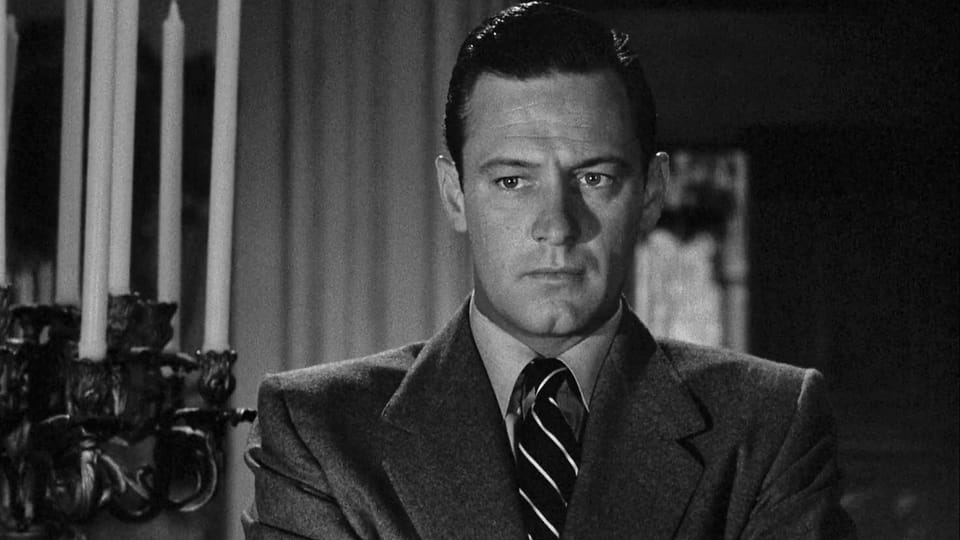A quick and dirty guide to managing too many characters
A student asked me about what to do with a script that had a lot of young kids running around as supporting players. Twelve to be exact. She wanted to know how to introduce them, how to help the reader keep track of them, etc…

The Story and Plot Weekly Email is published every Tuesday morning. Don't miss another one.
A student asked me about what to do with a script that had a lot of young kids running around as supporting players. Twelve to be exact. She wanted to know how to introduce them, how to help the reader keep track of them, etc…
It’s more difficult in a screenplay when you don’t have the advantage of seeing their faces on screen, but it can be done.
Here are some purely practical thoughts:
- Lower the number to the minimum. Obviously. But sometimes you can’t. Sometimes you have a baseball team, and that’s at least nine players on the field. Maybe it’s a fraternity, and a six-member fraternity is just kind of sad. But given all your restraints, lower the number to the absolute bare minimum.
- Within that minimum, focus on an even smaller number of characters. Make only 4–5 of those characters truly supporting characters. Let the rest be essentially background.
- Give each character a very quick, discernible characteristic to help us define them instantly. One is the rich, snobby guy. Another is the dude from Texas, or the complainer. Another is the big, weightlifting kid, or the brainy woman who is uncomfortable around guys. The nerd, etc… It can be whatever you choose. Make it simple and, unlike some of these examples, make it interesting. Later in the story, you can add layers to these human beings, but only after the audience (the reader) has gotten a knack for who they are. In improv/comedy parlance, this is giving the character a clear game.
- Give them a name that essentially reminds us who they are. Rich, snobby guy? His name is Farnsworth. The fraternity slob? The brothers have nicknamed him Puke (Readers and audiences seem to love nicknames for some reason. I suspect because it gives the illusion of creativity.) The dumb, gorgeous blonde? Chrissy. The smart, gorgeous blonde? Emily. The foreign, gorgeous blonde, Genevieve. You could, of course, go ironic. The tall dude is called Bilbo. You get the idea.
- Don’t introduce the characters all at once. Even if that’s how they enter the story. Mention their names, sure, but save some of the details for later so the reader isn’t getting too much information in one scene.
- Don’t be afraid to talk to the reader. You’re telling them a story, after all. Be clear with them. There is nothing wrong with flat-out saying, “We’ll get to know her a little later”, “She’s the officer from the first scene.” or, “That’s the jerk that punched him in the face.”
- Vary up the letters and syllables of their names. Avoid, at all cost, names that start with the same letter and have the same number of letters in them. For example…

Much better to try something like this, where we change up the first letter, the length, and the sound of the name:

See? They don’t just sound different; they look different on the page. This will help the reader quite a bit.
These are just a few strategies; I’m sure there are many others.
The challenge is to do it in a way that’s not hackneyed. Do we really need another fat kid with a funny name? No, we do not. We can all be better than that.
I would love to hear about other strategies people may have.
The Story and Plot Weekly Email is published every Tuesday morning. Don't miss another one.
When you're ready, these are ways I can help you:
WORK WITH ME 1:1
1-on-1 Coaching | Screenplay Consultation
TAKE A COURSE
Mastering Structure | Idea To Outline




